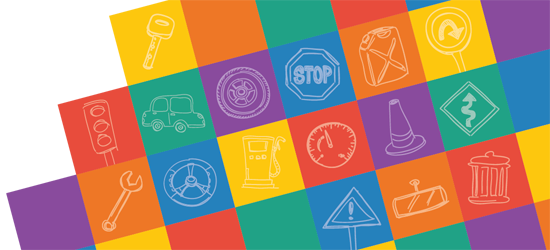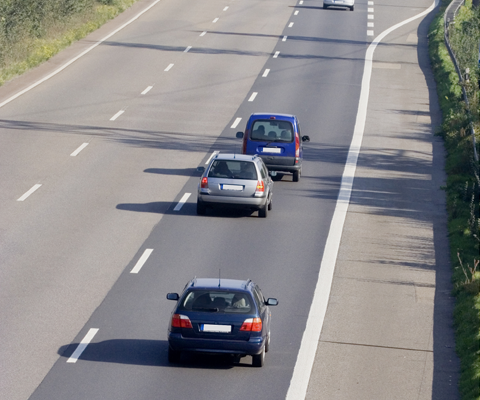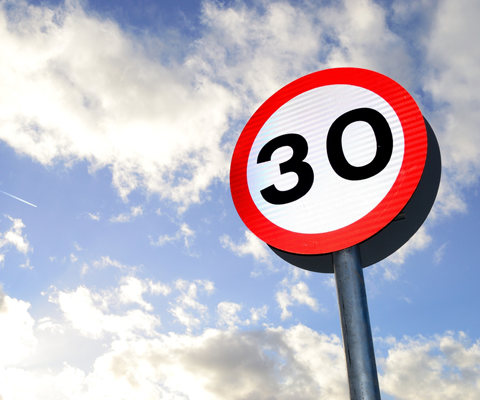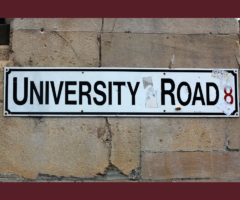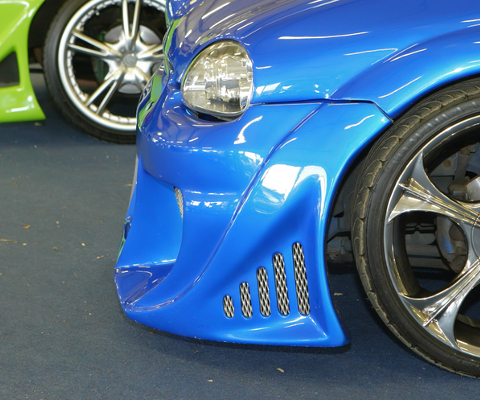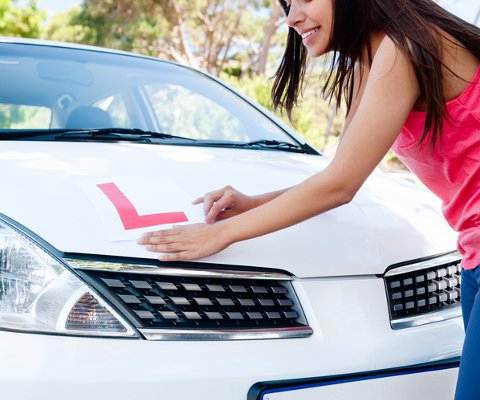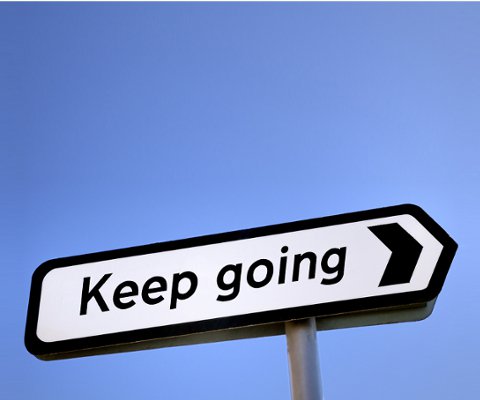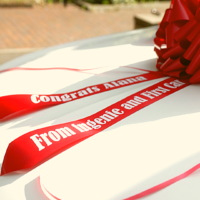
Driving tips and other life stuff
How to drive in fog
Fog is extremely dangerous. You can't see what's ahead of you and your full beams just bounce right off it. Adjusting your driving to deal with foggy conditions is absolutely vital to staying safe.
Why you need to use fog lights
Front fog lights are positioned low enough on your car that they don't shine directly into the tiny water droplets that make up fog. Full beams can bounce right off, meaning you may actually see less of the road than if you'd stuck with low beams.
Back fog lights help other people see you - VERY important when you're driving in limited visibility.
How to use fog lights
The fog light dashboard symbol usually looks like this guy >
You might have 2 sets of fog lights (you legally only have to have them on the back of your car) so you'll get 2 slightly different fog light symbols on your dashboard.

You should only put your fog lights on when visibility is less than 100 metres - which I'm told is about the length of a football pitch. Remember the show me, tell me questions from your driving test? That was 1 of 'em.
Having your fog lights on when it's not necessary is actually illegal because they can be super dazzling for other drivers.
How to adjust your driving to the fog
Speed
When you can't see more than 100 metres in front of you, it makes sense that you really want to be covering that distance a lot slower. In fog, you have no idea what's beyond your vision and hazards appear VERY suddenly.
Fog can also distort how things look and sound so the key thing is: go slow enough that you're ready for anything. In really bad fog, it is perfectly acceptable to be driving well below the speed limit as long as other cars can see you by your fog lights.
Stopping distance
You should be able to stop in the distance you can see in front of you. If you saw a hazard appear right at the furthest point of your vision, you'd need time to process what you'd seen, hit the brakes AND slow down.
You also need to keep a bigger gap between you and the car in front - use the 3 second rule for fog.
Look up your stopping distances - you might be suprised by how big a distance you need to stop safely.
Observation
If you're at a junction and you can't see well enough to know there's no one coming, roll down your windows and listen. When you decide to make a move, do it confidently.
If you hesitate in the middle of the road, you're keeping yourself in a dangerous position longer than you need to.

